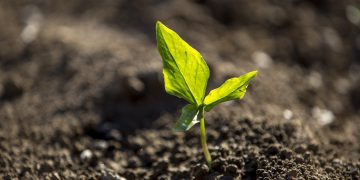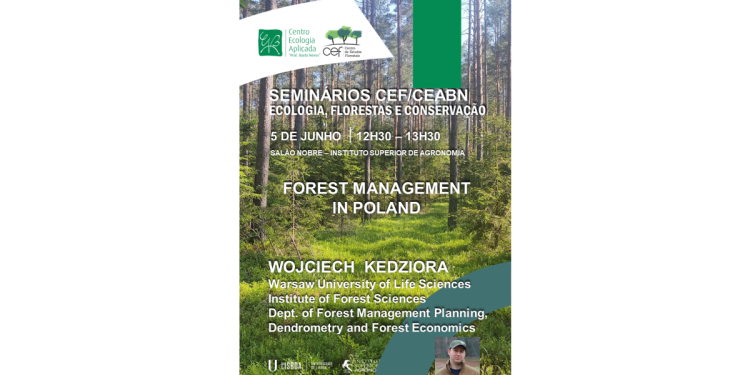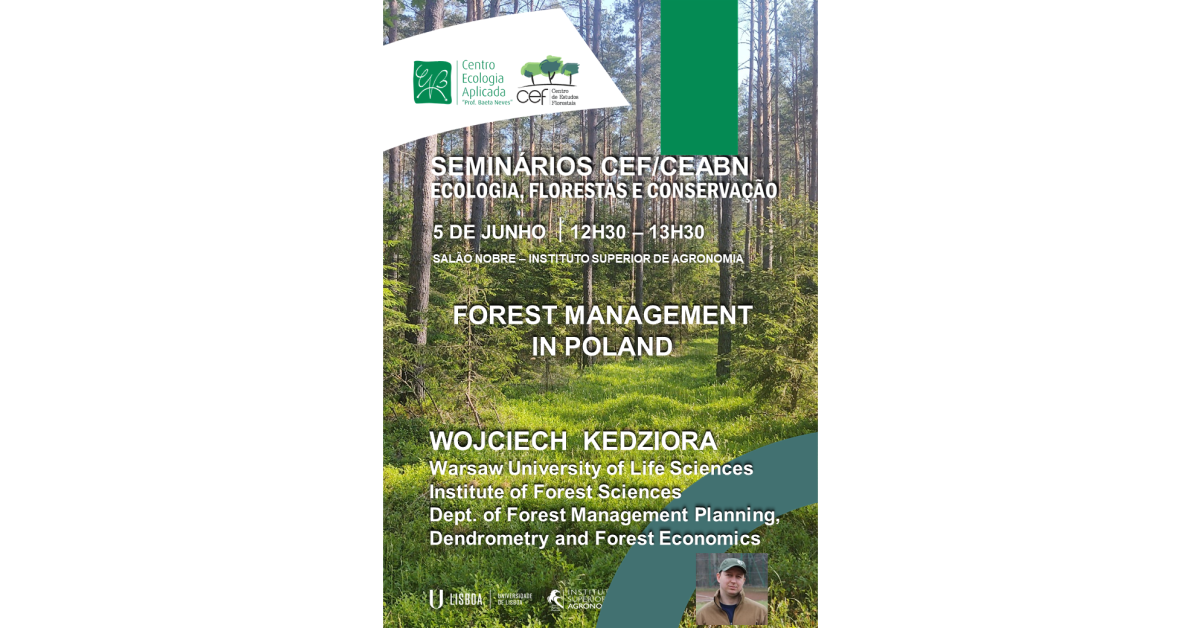Forests in Poland are predominantly owned by the state, with nearly 80% of forested areas under state ownership.The majority of these forests are managed by the State Forests, which operates under a coherent and organized management system. This centralized approach ensures consistent application of sustainable forestry practices across the country. Poland’s forestry practices adhere closely to nature-based silvicultural guidelines. These guidelines emphasize the use of natural regeneration processes, mixed-species forests, and the maintenance of ecological balance. Detailed soil surveys and environmental assessments form the foundation of these practices, ensuring that forest management is well-adapted to local conditions and promotes long-term sustainability. The lowland landscapes of Poland are characterized by their extensive and accessible forested areas, contribute significantly to Poland’s position as one of the leading timber producers in Europe. The favourable growing conditions and efficient management practices enable Poland to sustainably harvest large quantities of timber. In line with its commitment to ecological integrity, Poland has banned the use of non-native forest species. This policy is aimed at preserving the native biodiversity and preventing the ecological disruptions that can be caused by invasive species. By focusing on indigenous species, Polish forestry supports resilient ecosystems that can better withstand environmental changes and pest outbreaks.
Dr Wojciech Kędziora is an assistant professor at Institute of Forest Sciences at Warsaw University of Life Sciences in Poland working in the field of forest inventory, management planning, coarse woody debris, and dendrochronology in temperate forests. His PhD thesis focused on National Forest Inventory data and assessing site indexes for Scots pine (Pinus sylvestris) in Polish lowlands. During his stay in CEABN, he is studying the forest fires in Poland.





















































